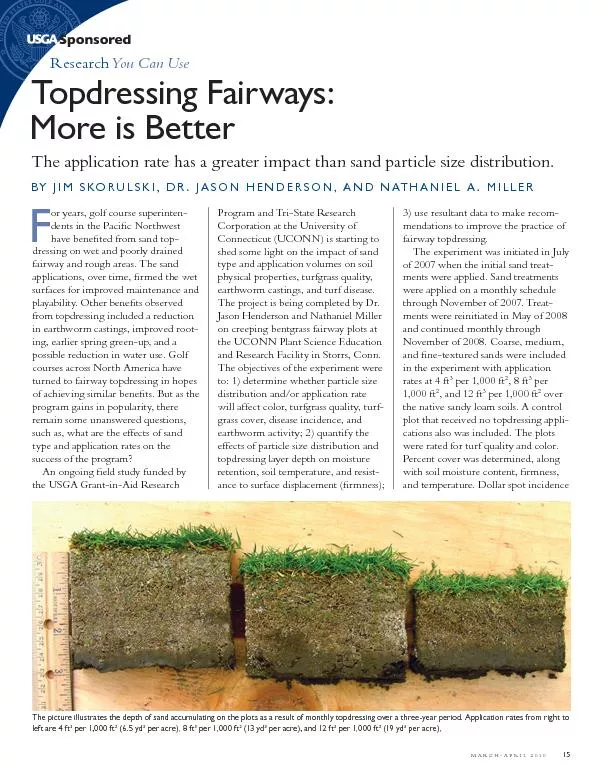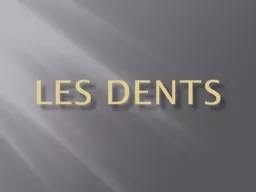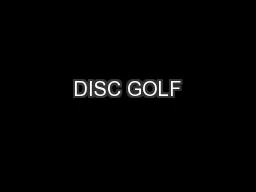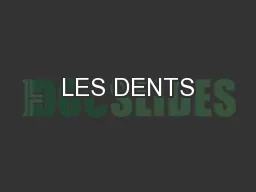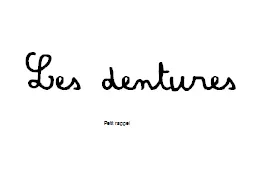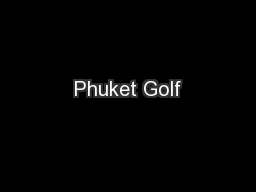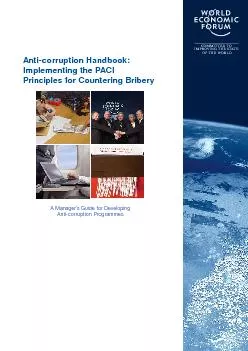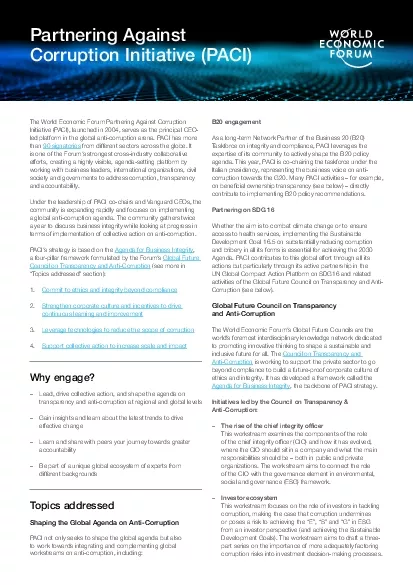PDF-or years, golf course superinten-dents in the Paci
Author : kittie-lecroy | Published Date : 2016-03-24
MARCHAPRIL 2010 15 Sponsored ResearchYou Can UseTopdressing FairwaysMore is BetterThe application rate has a greater impact than sand particle size distributionBY
Presentation Embed Code
Download Presentation
Download Presentation The PPT/PDF document "or years, golf course superinten-dents i..." is the property of its rightful owner. Permission is granted to download and print the materials on this website for personal, non-commercial use only, and to display it on your personal computer provided you do not modify the materials and that you retain all copyright notices contained in the materials. By downloading content from our website, you accept the terms of this agreement.
or years, golf course superinten-dents in the Paci: Transcript
Download Rules Of Document
"or years, golf course superinten-dents in the Paci"The content belongs to its owner. You may download and print it for personal use, without modification, and keep all copyright notices. By downloading, you agree to these terms.
Related Documents

